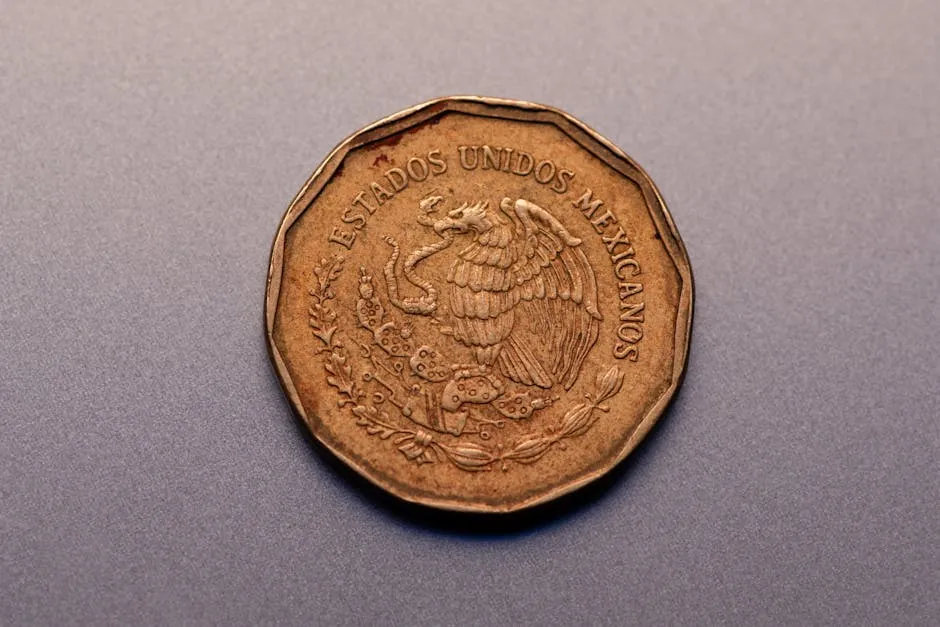The Circular Money Dilemma in AI’s Major Partnerships
This week, the tech world was abuzz with the announcement of a new venture between SoftBank and OpenAI, launching a joint initiative to deliver enterprise AI tools in Japan under the name “Crystal Intelligence.” At first glance, this seems like a straightforward move aimed at expanding the reach of AI technologies into the Japanese market. However, there’s a deeper narrative unfolding that raises critical questions about the economic implications of such partnerships.
The Role of SoftBank and OpenAI
SoftBank has been a significant investor in OpenAI, and this collaboration marks a pivotal moment in their relationship. By leveraging SoftBank’s established presence in Japan, the two companies aim to harness the growing demand for AI solutions in enterprises. But this leads us to ponder: are these partnerships genuinely creating new economic value, or are they merely redistributing existing capital within a closed loop?
The Circular Money Problem
The concept of “circular money” refers to the flow of capital within a limited network, where funds are cycled among players rather than generating new wealth. In the context of AI’s biggest deals, this phenomenon raises important questions about sustainability and innovation. While these partnerships may boost revenues on paper, they might not necessarily reflect a genuine increase in economic activity or societal benefit.
Market Dynamics and Economic Value
As the AI industry continues to evolve, the need for genuine innovation becomes increasingly critical. Investors and stakeholders are keen to see not just financial returns but also real-world applications that solve pressing problems. The risk, however, is that the focus on joint ventures and strategic partnerships may lead to an environment where companies are more concerned with financial maneuvering than with advancing technology in meaningful ways.
Looking Ahead: What This Means for AI
As we analyze this new partnership between SoftBank and OpenAI, it’s essential to consider the broader implications for the AI landscape. Will this joint venture lead to groundbreaking advancements in enterprise solutions, or will it simply be another example of capital moving in circles without adding real value to the economy? The answer to this question may shape the future of AI and how it integrates into various industries.
Ultimately, the success of such partnerships should be measured not only by financial metrics but also by their capacity to foster innovation and provide tangible benefits to businesses and consumers alike. As the AI industry continues to grow, stakeholders must remain vigilant in assessing the true economic impact of their collaborations.
In conclusion, the partnership between SoftBank and OpenAI offers a fascinating glimpse into the dynamics of the AI market. As we move forward, it will be crucial for all involved to prioritize genuine innovation and ensure that the economic value created is both real and sustainable.
